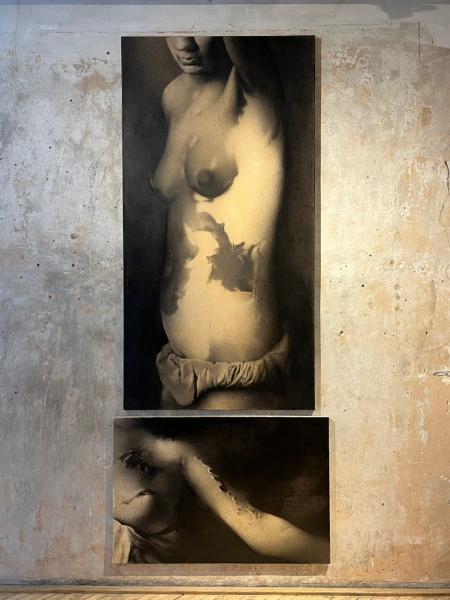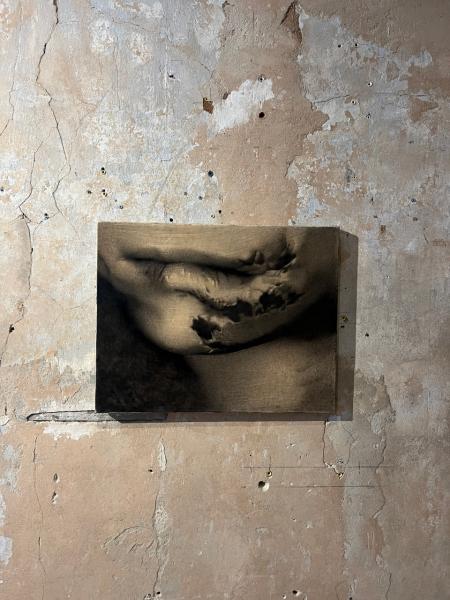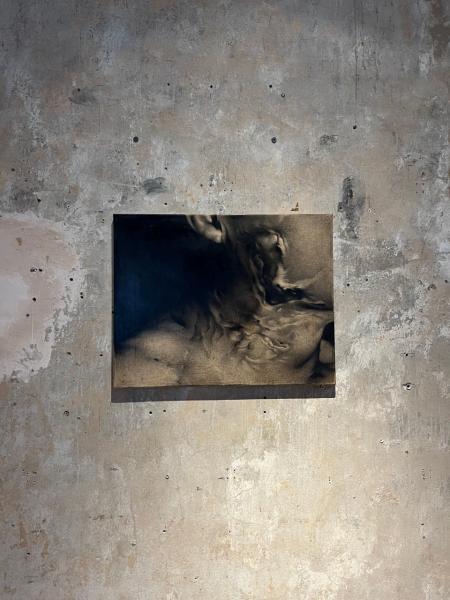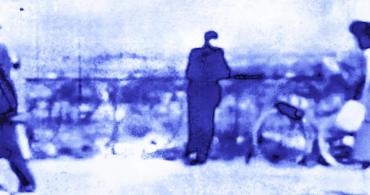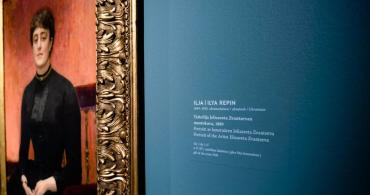Anna Kovalenko
Depicting pain is no simple matter; many artists narrate their stories through this phenomenon, with only some creating an image that causes real empathy and a sense of relatedness. Krystyna Melnyk is one of the young Ukrainian visual artists who works with the issue of painful experience that finds expression in the body while also doing it highly skilfully. Some of her works I got a chance to witness myself at the current exhibition When All the Good Became Good and Left and the Evil Released in the Kyiv-based gallery The Naked Room.
At first glance, Melnyk’s works somehow resembled the canonic suffering of Jesus depicted on the Christian icons, but if, in the case of Jesus, the observer does know the Christian myth behind the image, in the case of her pieces, there is no explicit background story as to why the subject experiences an interaction with such outer power as pain. The artist herself seems to be aware of this resemblance: some of the artwork titles reference Christian vocabulary, such as Altarpiece X. There is a sequence behind the Roman numerals we see in the titles — those are part of a bigger work that the artist has been recently working on, a large altar. The inspirations for it were drawn from different epochs: from the Northern Renaissance visual narratives to artists like Francisco Goya, Otto Dix, Max Beckmann, and Gerhard Richter.

